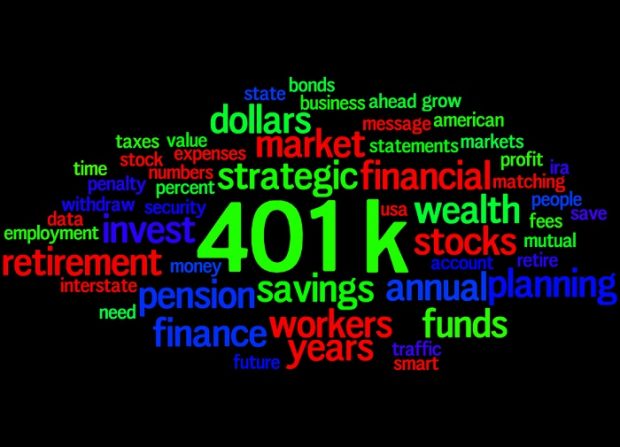 (Image:Shutterstock)
(Image:Shutterstock)
The market correction that occurred during the fourth quarter of2018 weighed on retirement plan participants who have aself-directed brokerage account, according to CharlesSchwab's SDBAIndicators Report.
|“The fourth quarter of 2018 brought a sharp downturn for manymarkets on the concerns about slowing global growth,the effects ofFed interest rate increases, trade disputes, and a partialgovernment shutdown,” thereport states. “… As a result, the average account balance forall participants in [Schwab's self-directed brokerage account] wasdown.”
|The average self-directed brokerage account (SDBA) balance fellto $246,153 — a decline of 10.6 percent from the thirdquarter of 2018 and 6.3 percent year-over-year, accordingto the report.
|SDBAs are brokerage accounts within retirement plans thatparticipants can use to invest in stocks, bonds, exchange-tradedfunds, mutual funds and other securities that are not part of theirretirement plan's core investment offerings.
|The report includes data collected from approximately 137,000retirement plan participants who currently have balances between$5,000 and $10 million in their SchwabPersonal Choice Retirement Account.
|According to the Schwab data, mutual funds continued to hold thehighest percentage of participant assets at approximately 37percent, the same as the fourth quarter of 2017. Allocations toequities remained at 28 percent, and exchange-traded funds(17 percent), cash (15 percent) and fixed income(3 percent) rounded out participants' portfolios.
|Despite the high market volatility experienced in the fourthquarter, participants averaged just 2.2 trades per month. Onaverage, participants held approximately 10 positions in theirSDBA, which was very similar to last year and the same as lastquarter, the report states.
|The data also reveals specific sector holdings within eachinvestment category.
|With regard to mutual funds, large-cap funds represented thelargest allocation at approximately 28 percent, followedby taxable bond (21 percent), international(16 percent), hybrid (12 percent) and small-cap(12v percent) funds.
|Looking at the equity sector, Apple (AAPL) was the top overallequity holding, representing approximately 9 percent ofthe equity allocation of portfolios. Amazon (AMZN) was thesecond-largest equity allocation, representing approximately6.5 percent of portfolios, which was an increase of3 percent since the fourth quarter of 2017. BerkshireHathaway (BRKA) (3 percent), Microsoft (MSFT) (2v) andFacebook (FB) (1.75 percent) rounded out the top fiveequity holdings.
|Among exchange-traded funds, investors allocated the mostdollars to U.S. equity (48 percent), international equity(16 percent) and U.S. fixed income (15v).
Complete your profile to continue reading and get FREE access to BenefitsPRO, part of your ALM digital membership.
Your access to unlimited BenefitsPRO content isn’t changing.
Once you are an ALM digital member, you’ll receive:
- Critical BenefitsPRO information including cutting edge post-reform success strategies, access to educational webcasts and videos, resources from industry leaders, and informative Newsletters.
- Exclusive discounts on ALM, BenefitsPRO magazine and BenefitsPRO.com events
- Access to other award-winning ALM websites including ThinkAdvisor.com and Law.com
Already have an account? Sign In
© 2024 ALM Global, LLC, All Rights Reserved. Request academic re-use from www.copyright.com. All other uses, submit a request to [email protected]. For more information visit Asset & Logo Licensing.








